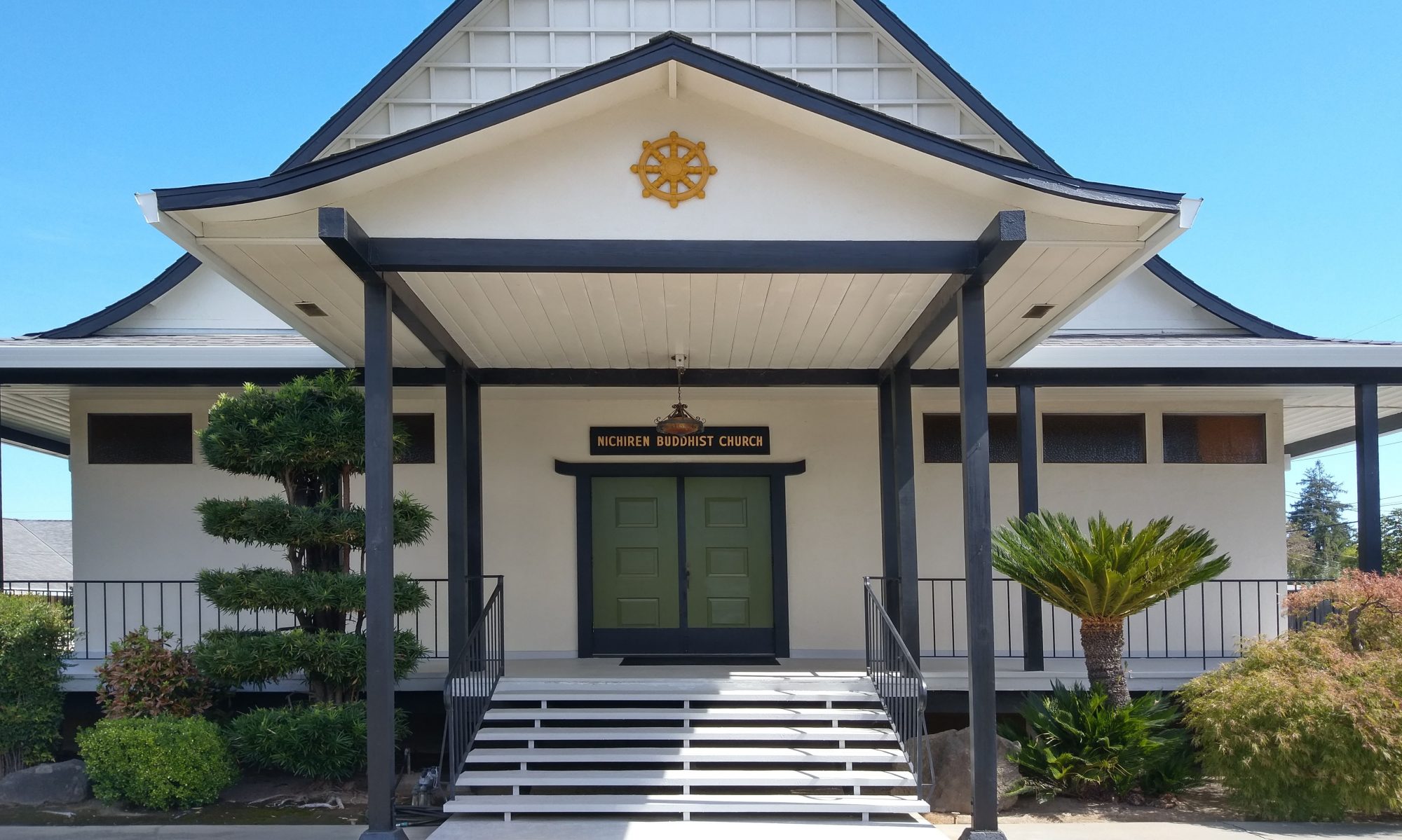Before arriving in Sacramento, I became the head minister of the San Francisco (S.F.) Nichiren Buddhist Church starting on September 12th, 1976. This also happens to be the same day that Nichiren Shonin was persecuted at Tatsunokuchi in 1271. And while I refer to it as a church, it was technically a small one-bedroom apartment where the head minister could also live. Therefore it was difficult for me to adjust to living in what was also a place of worship. Nevertheless, I was still young, ready to fulfill my duties under the given circumstances, and full of hope for the future. To further explain, I had arrived in the United States (Los Angeles) the year prior. During that year, I had held services for members of the Shintokai, the Nichiren Shu Sangha Association in Los Angeles. To this day, I am grateful for all these members to have had enough faith in me to hold these services, given that they had only known me for a short period of time. I was determined that even upon moving to S.F., I would continue to fulfill what I felt as my responsibility to the Shintokai members. To that end, I have continued to hold monthly Shintokai services for the past 44 years.
Upon arriving in San Francisco, I realized that many of the members were scattered all over San Francisco, Palo Alto, and the East Bay. I would drive and pick up many elderly members who could not come to the services on their own. Aside from Shintokai and S.F. Church services, my daily life primarily consisted of chanting the sutra in front of the altar. During this time, on the first day of every month, I started praying for Rev. Chikyo Kurahashi. He was the fourth resident minister of the Sacramento Church (simultaneously in charge of the S.F. Church) and had subsequently transferred to the Portland Nichiren Buddhist Church. He had passed away on November 1st, 1957, at the age of 49 in a motel, while traveling all over Oregon to collect donations from every member of the Church for the Church’s building fund. The more I thought about his family members, the more sorrow I felt. Hearing his story and his level of commitment to his job was very shocking, especially to someone like me who had just arrived in the U.S. prepared to fulfill my position as an overseas minister. Soon thereafter, I would further realize that life would be more difficult than what I had envisioned.
During this time, life for overseas ministers was very different from what it is now. While I did not receive any salary from the S.F. Church, the Shintokai provided me $50 for the monthly services. Given that this was my only source of income, I had to think of ways to survive off of $50 per month. Around that time, Mrs. Masako Sano, an elderly member of the S.F. Church, invited me to a party at her house. During our conversation, she suddenly asked me to teach judo three times a month to her four grandchildren. She had known about my background in judo, which included having a 5th degree black belt, as well as competing in the National Athletic Championships in Japan as a student. She had somehow realized my struggles and had offered me a way to put my years of judo training to us. I started teaching her grandchildren judo in her son’s garage. After every lesson, her daughter-in-law would have food prepared for me to eat there and also to take home with me for the next day. Her kindness was essential in helping me survive.
However, it was not too long until I would once again be faced with challenges. After months of adjusting to my new life, the owner of the apartment, who was also a member of the Church, informed me of her decision to sell the building. I was fortunate enough to find another apartment. A year later, Bishop Joyo Ogawa, who at the time was the head of the Nichiren Order of North America (NONA), visited the Church just in time for the November Church meeting. During the meeting, I vividly remember him suddenly stating, “As of today, President Nakanishi of the S.F. Church will be leaving his position and will no longer be a member of this church.” President Nakanishi did not come to this meeting and thus it made this situation very confusing. I later learned that some members had already known about this. However, this was shocking news to not only me, but also to many of the elderly members. I remember not fully understanding what President Nakanishi’s departure meant and trying to internalize the situation. In that moment, I did not fully comprehend what exactly was going on. Treasurer Ito continued by stating, “The Church will pay rent for this apartment only until the end of December so please leave before then.” It was then that I finally realized that the S.F. Church was being shut down in a month and this was the first time I was being informed about it.
To be continued…
Ven. Kenjo lgarashi
January/February 2019




You must be logged in to post a comment.